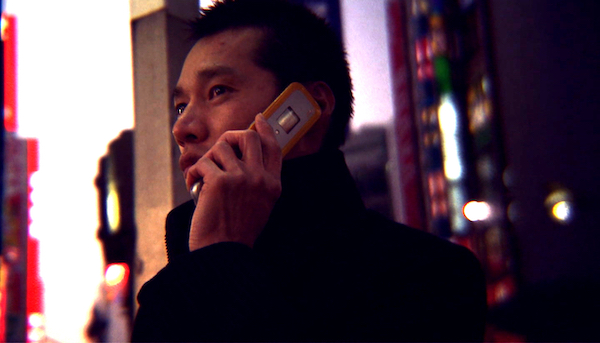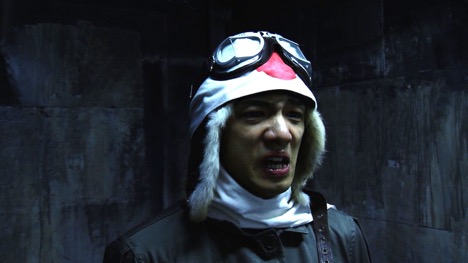
Meiro Koizumi in Measure Your Existence
by Christine Starkman
“I think that through this experiment with video I try to find out about human beings, how we perceive the world and how we feel about the world, not only as an individual but also as an individual within a society and within the world.” “”Meiro Koizumi
The fleeting, impermanent here and now””in all its destruction, regeneration, and intense immediacy””is the ultimate reality. Measure Your Existence questions and expands on the Buddhist concept of impermanence through artworks by six contemporary artists who explore duration, memory, fate, history, loss, disappearance, reappearance, and repetition.
Each post in this series focuses on one artist, highlighting an artwork on view in the exhibition and another one from his or her oeuvre.
Meiro Koizumi’s performance-based videos reflect on deeply personal explorations of grief, acceptance, dreams, maternal influence, and communication beyond the human reach. His work confronts and even embraces the sheer horror of loss and acceptance. Koizumi masterfully navigates conventions of the moving image with his command of lo-fi aesthetics, sound and visual composition, and uncanny pacing with emotional manipulation that results in dramatic cinematic productions.

Koizumi based the script of My Voice Would Reach You on a letter he asked an actor to write to the actor’s recently deceased mother. Koizumi then asked the actor to call random Japanese companies. In the calls he invites his mother on a weekend holiday. The actor phoned over two hundred companies, and the film documents his conversations with the telephone operators. What appears to be a seemingly ordinary conversation between a son and mother turns tragic when the viewer realizes the actor is speaking to company employees and not his mother. My Voice Would Reach You invites the viewer to experience the actor’s pain and grief of losing a loved one.

Similar techniques and themes appear in Portrait of a Young Samurai, which depicts a young Kamikaze fighter pilot bidding goodbye to his parents. The actor wears a black jacket, white turtleneck, fur-lined cap, and white bandana with red circle symbolizing the Japanese flag. Large navigator goggles complete the illusion of him being a young pilot. Koizumi asked the actor to say his lines repeatedly with the strength of a samurai spirit. The actor repeats the lines to the point of emotional breakdown, screaming and shaking. The artist then screams back at the actor, pleading for him to stay and remain with the family.
During the Pacific campaign of World War II, Kamikaze pilots were part of the Japanese Attack Units who initiated suicide attacks against the Allied naval vessels. In the early 2000s in Japan, Koizumi noticed an increased interest in popular movies depicting Japanese nationalism. Portrait of A Young Samurai reveals the pilot’s humanity against this backdrop.
The pilot’s emotional farewell to his parents in the film aligns with Koizumi’s interest in enabling the viewer to experience in real time the depth of emotion related to the loss of a loved one. While My Voice Would Reach You uses imagery from the corporate world of contemporary Japan to achieve this end, Portrait of A Young Samurai confronts the issue of nationalism during wartime.
See Koizumi’s film My Voice Would Reach You in the exhibition Measure Your Existence at the Rubin Museum from February 7 to August 10, 2020.
About the Author
Christine Starkman is the guest curator for Measure Your Existence. She is interested in the global, transnational, and transcultural histories of modern and contemporary art between Asia, Europe, Latin America, and North America. Starkman has been a curator at the Art Institute of Chicago, Cleveland Museum of Art, and Museum of Fine Arts, Houston. She has an MA in Japanese art and architecture from the University of Illinois, Urbana-Champaign, and did PhD coursework in art history at Rice University.
Image Credit
Installation view of Meiro Koizumi’s work in Measure Your Existence at the Rubin Museum of Art; photograph by David De Armas, courtesy Rubin Museum of Art

